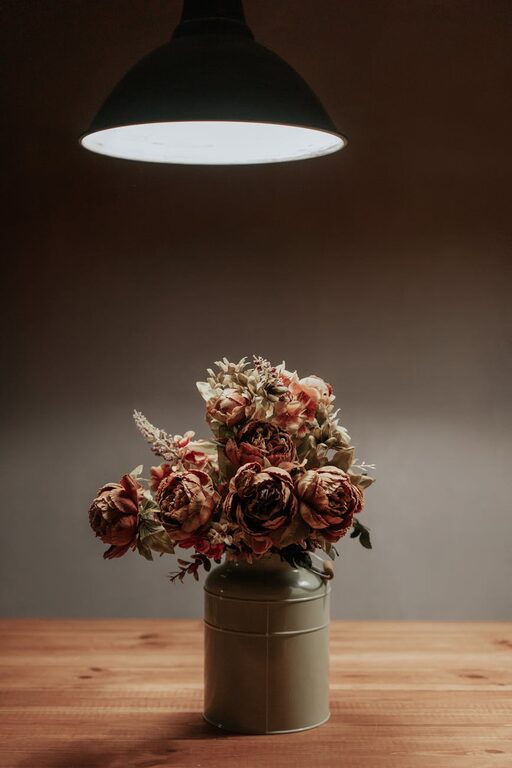Creating a serene and inviting atmosphere in your home starts with the colors you choose. Calm colors have the power to reduce stress, enhance relaxation, and make your living spaces feel more welcoming. If you’re planning to refresh your walls or design a new room, selecting the right shades can make a significant difference. This post will guide you through practical tips to choose calm colors that suit your style and needs.
Why Choose Calm Colors?
Calm colors often include soft neutrals, cool tones, and muted shades that don’t overwhelm the senses. These colors can:
– Promote relaxation and reduce anxiety
– Make rooms feel spacious and airy
– Improve focus and restfulness
– Complement a variety of decor styles
Whether you want a tranquil bedroom, a peaceful living room, or a soothing bathroom, the right color palette plays a key role in achieving these effects.
Understand Color Psychology Basics
Before picking colors, it helps to know the basic emotional associations of different hues:
– Blues: Often linked to calmness and stability. Light blues are particularly soothing.
– Greens: Represent renewal and balance, evoking nature’s tranquility.
– Soft grays: Neutral and unobtrusive, grays act as a subtle backdrop.
– Lavenders and soft purples: Can promote relaxation and creativity.
– Warm neutrals (beige, taupe): Offer a cozy, gentle feel without being harsh.
Avoid overly bright or intense shades, which can be energizing or busy rather than calming.
Tips for Choosing Calm Colors in Your Home
1. Consider the Room’s Purpose
Think about the activities that happen in each space:
– Bedrooms: Ideal for very soft, muted shades like pastel blues, sage green, or light lavender.
– Living rooms: Balanced neutrals with hints of soft color can create both relaxation and warmth.
– Bathrooms: Fresh, clean colors like pale aqua, mint green, or soft gray work well.
– Home offices: Soothing blues and greens can help with concentration without causing distraction.
Matching color choices to the room’s function supports comfort and usability.
2. Test Samples in Different Lighting
Light changes how paint colors look, so:
– Paint swatches on your walls and observe them in natural light during different times of the day.
– Check how artificial lighting (warm or cool bulbs) affects the shade.
– Avoid choosing colors based solely on paint chips viewed under store lighting.
This ensures the color actually feels calming in your space.
3. Use Monochromatic or Analogous Color Schemes
Selecting colors close to each other on the color wheel creates harmony. For calm spaces:
– Pick one base color and use lighter and darker varieties of it.
– Combine soft blues with gentle greens or muted purples.
– Keep contrast low to maintain a gentle, cohesive look.
This approach is elegant and avoids visual tension.
4. Balance with Neutrals and Textures
Pair calm colors with neutral tones like white, cream, or soft gray to anchor the palette. Also:
– Incorporate natural materials such as wood, linen, or cotton.
– Use textures like plush rugs, soft cushions, or woven fabrics to add warmth without overwhelming color.
Neutrals and textures enhance comfort and depth, supporting the calming effect.
5. Avoid Overuse of Dark or Bright Colors
While darker shades can add coziness, too much can feel heavy or oppressive. Similarly:
– Bright colors like reds, oranges, and bright yellows tend to energize rather than calm.
– Use these sparingly as accent pieces or decor items instead of main wall colors.
This keeps the overall atmosphere restful and understated.
6. Consider Your Personal Preferences
Calm colors are subjective. What feels relaxing to one person might feel dull to another. When choosing:
– Trust your instincts and pick shades that you naturally gravitate toward.
– Personalize your palette by mixing your favorite calming tones.
– Don’t hesitate to seek inspiration in nature, art, or photos that evoke peace to you.
Your comfort should be the top priority.
Creating a Sample Color Palette
Here’s an example of a calm color palette to inspire you:
– Soft Blue (#A3C4BC)
– Pale Sage Green (#B7C5A9)
– Light Taupe (#D8CFC4)
– Warm Ivory (#F5F2E7)
– Dusty Lavender (#C6B7C0)
Try these colors in combination for walls, furniture, and accents to build a soothing environment.
Final Thoughts
Choosing calm colors for your home is an enjoyable and creative process. By understanding the role of color psychology, testing samples, and considering the room’s function and natural lighting, you can design spaces that promote relaxation and peace. Remember to balance colors with neutrals and textures and keep your personal preferences in mind. With thoughtful selections, your home will become a serene retreat you love spending time in.
—
Feel free to revisit your choices over time and adjust when you want to refresh your space. Calm colors don’t just look good—they make your home feel like a haven. Happy decorating!

